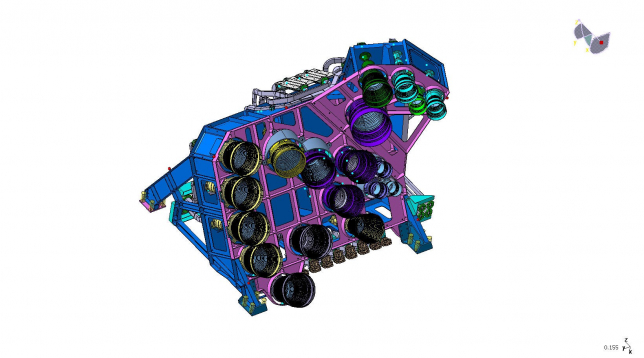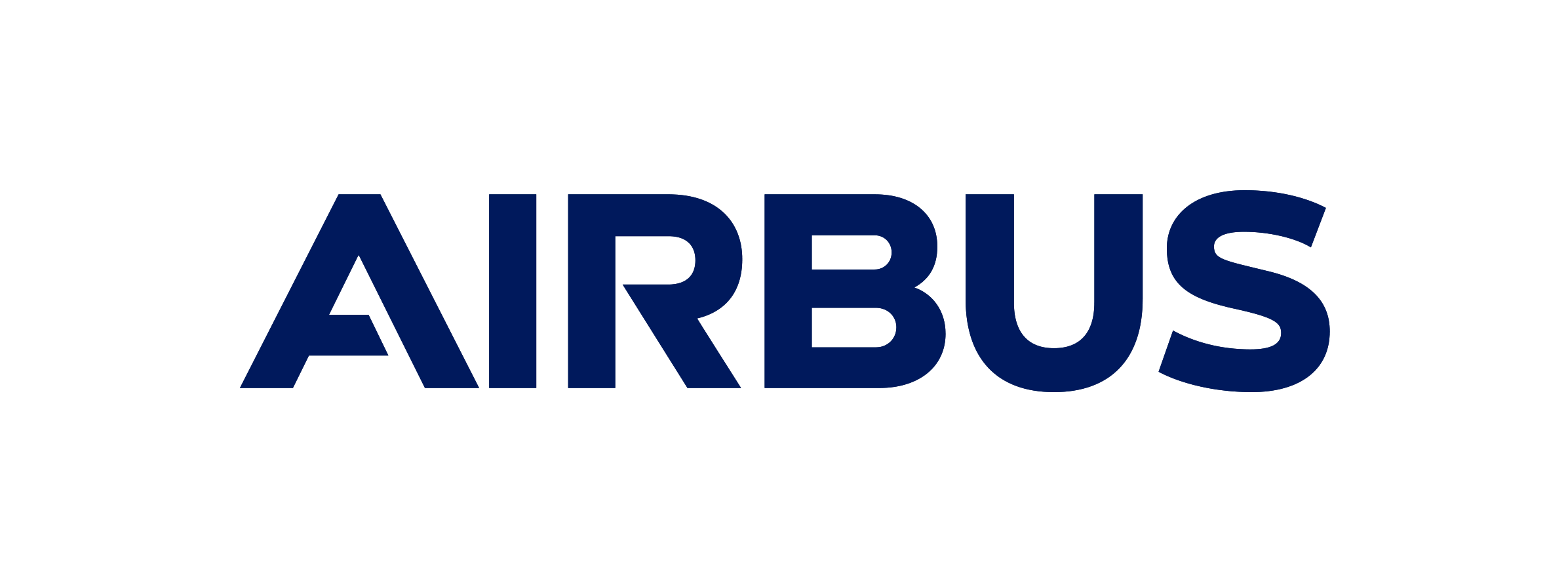-
StatusCompleted
-
Status date2016-02-25
This programme covers the development a Large Multi-feed Array from the initial antenna layout phase through to manufacturing and environmental test via the PFM approach.

The key generic technology developments with potential applications on other antenna products undertaken within this plan of work are:
- optimising/ selecting the best waveguide design and production technology and simplifying the analytical approach in order to be suitable on other antenna products.
- design solution and/or process selection to achieve the necessary polarisation alignment accuracy in order to be suitable on other antenna products.
- Modular and adjustable waveguide bracket designs that result from design trade off studies, suitable for more conventional antennas and within other areas of satellites.
- studying elastomeric interface materials as part of the bracket design to demonstrate damping of local waveguide modes, to enable this technology to spread to more conventional antenna applications.
- processes and tools developed to allow rapid iteration of the RF design in combination with assessing mechanical clashes and spacecraft accommodation constraints.
The key issues are;
an RF design, driven by accommodation of several antenna missions within one LMFA,
a low mass support structure for the interleaved feeds, adjacent feeds pointing at different reflectors resulting in large mutual angles,
ensuring components remain within thermal qualification limits and withstand the mechanical environment,
a cost and mass effective waveguide and support bracket design/production standard. Given the LMFA has 35 individual feeds, this aspect has significant impact on competitiveness,
an alignment methodology trade-off to ensure accurate polarisation angle setting,
identifying new equipment/facilities to improve efficiency and streamline the assembly of these large structures,
Astrium Antenna Group competes in an internal market to win antenna contracts from the Astrium Prime contractor. The main competitor has delivered multi-beam antennas for the Astrium-built satellite Ka-Sat, and has produced multi-beam antenna systems for other prime contractors. All these antenna systems are at Ka-band, and none are as large or complex as the proposed LMFA for the commercial programme.
In the external market, Astrium needs access to a competitive antenna product of this type to compete at satellite level. In this market there is a key competitor in Europe, and two major competitors in the United States.
Astrium has no information about costs at antenna level from these external competitors. However, the success of Astrium’s proposal for the spacecraft relevant to this development demonstrates a competitive position. Successful completion of the contract would create a market leading position for Astrium in terms of heritage at prime contractor and antenna levels.
The programme covers the development of a large distributed Ku-band Multi-spot Feed Array (LMFA). It accommodates a large number of sparsely distributed and individually optimised feed chains, in a relatively large cluster pattern, and forms part of a multi-spot antenna.
The LMFA is mounted to the spacecraft upper East or West walls supporting an array of feed horns pointed towards one or more deployable reflectors which are mounted to the lower East or West walls.
It consists of all the parts which make up a Multi-feed Antenna (except for the reflector) including:
- All the necessary waveguide runs which connect between each feed chain and the payload interfaces on the spacecraft.
- The local support structure, which supports each feed chain, and the waveguide runs.
- The thermal control system for the cluster.
- The framework of struts (or other intermediate structure) which links it back to the spacecraft structural interface.
- The feed chain assemblies (Horn, OMT, transitions and filters)
The LMFA provides the necessary environmental control and alignment of each feed chain, sufficient to ensure the correct functioning of the complete feed array.
The LMFA product cannot be a single universal design which meets the needs of all future missions, since the layout and scale of these multi-beam feed arrays varies significantly from mission to mission, dependent on the complexity of the coverage requirements of each customer. For this development work the commercial programme requirements defines the design of the LMFA but through the use of innovative design approaches, this design can be easily adapted for other future missions.
The LMFA project encompasses a flight standard model for a commercial programme incorporating the build and test of a PFM unit. Building a PFM on a flight programme gives in-flight heritage for the design.
Activities cover:-
- Generation of the LMFA structure design.
- All generic development activities
- Manufacturing and assembly
- Testing to PFM levels
Nominal test levels for the key mechanical and thermal tests are the ‘qualification levels’ for the Eurostar E3000 spacecraft extracted from the mechanical and thermal specifications. As usual for a proto-flight model, mechanical test durations will be half of the usual test durations defined for qualification.



